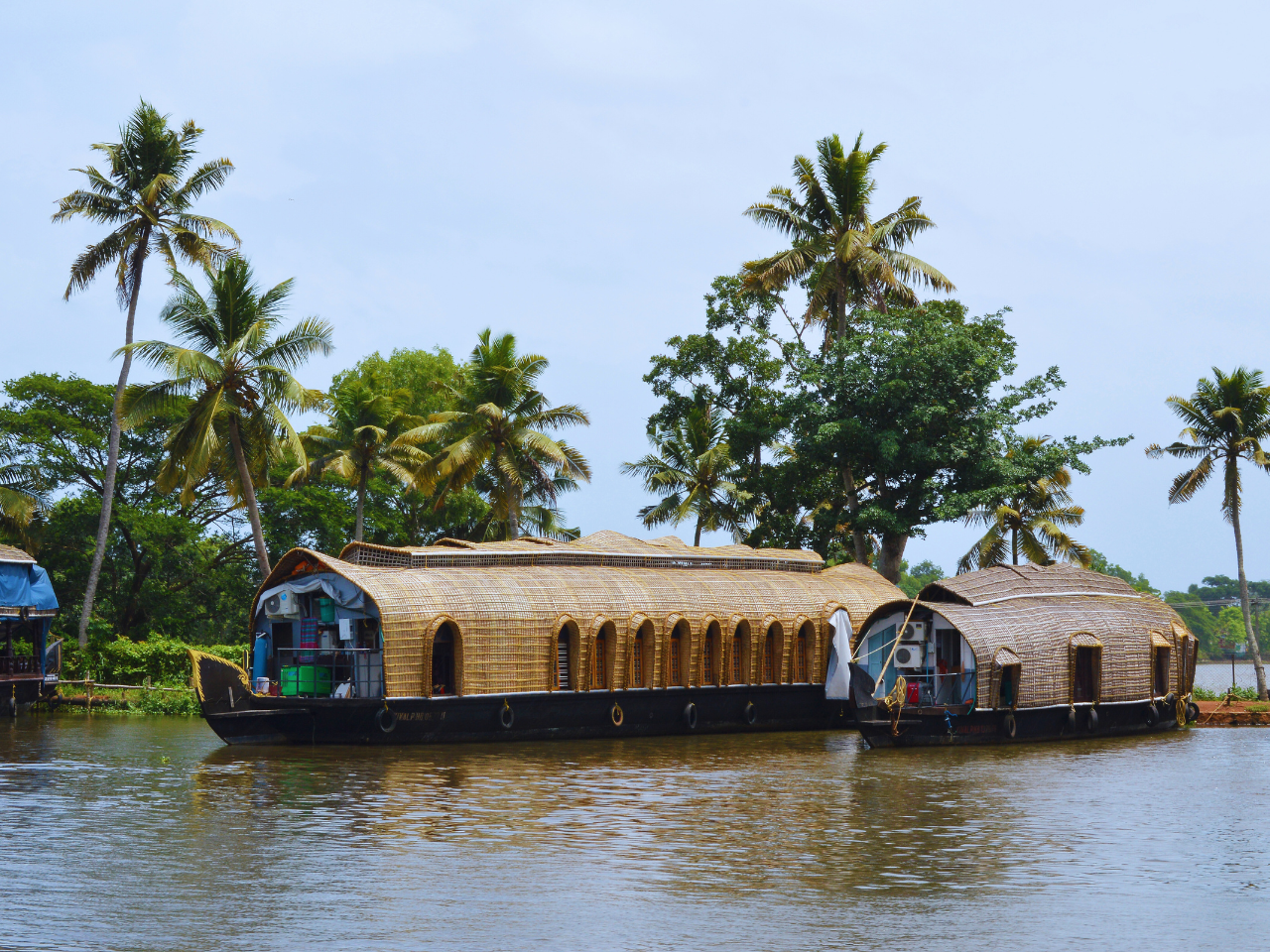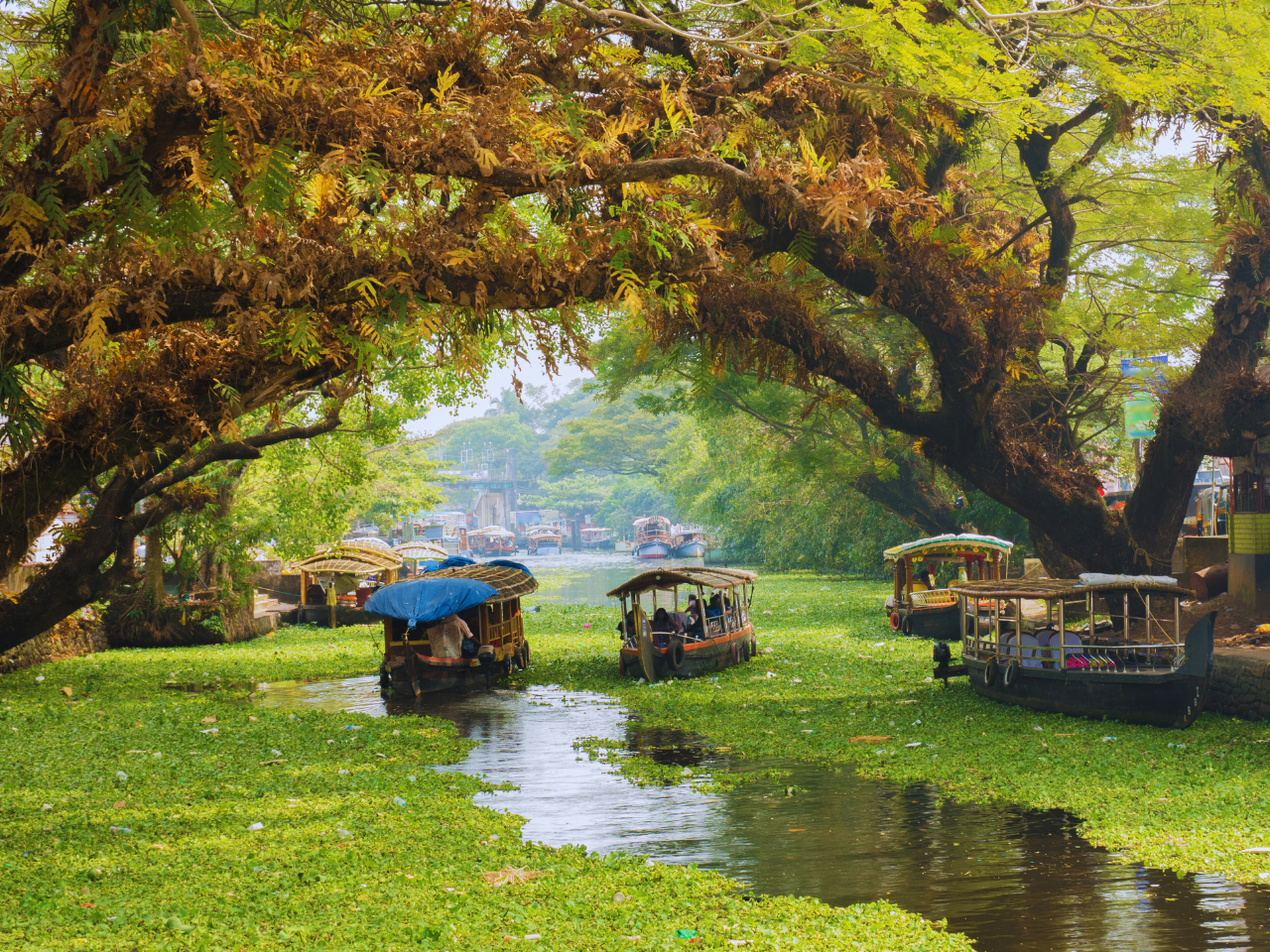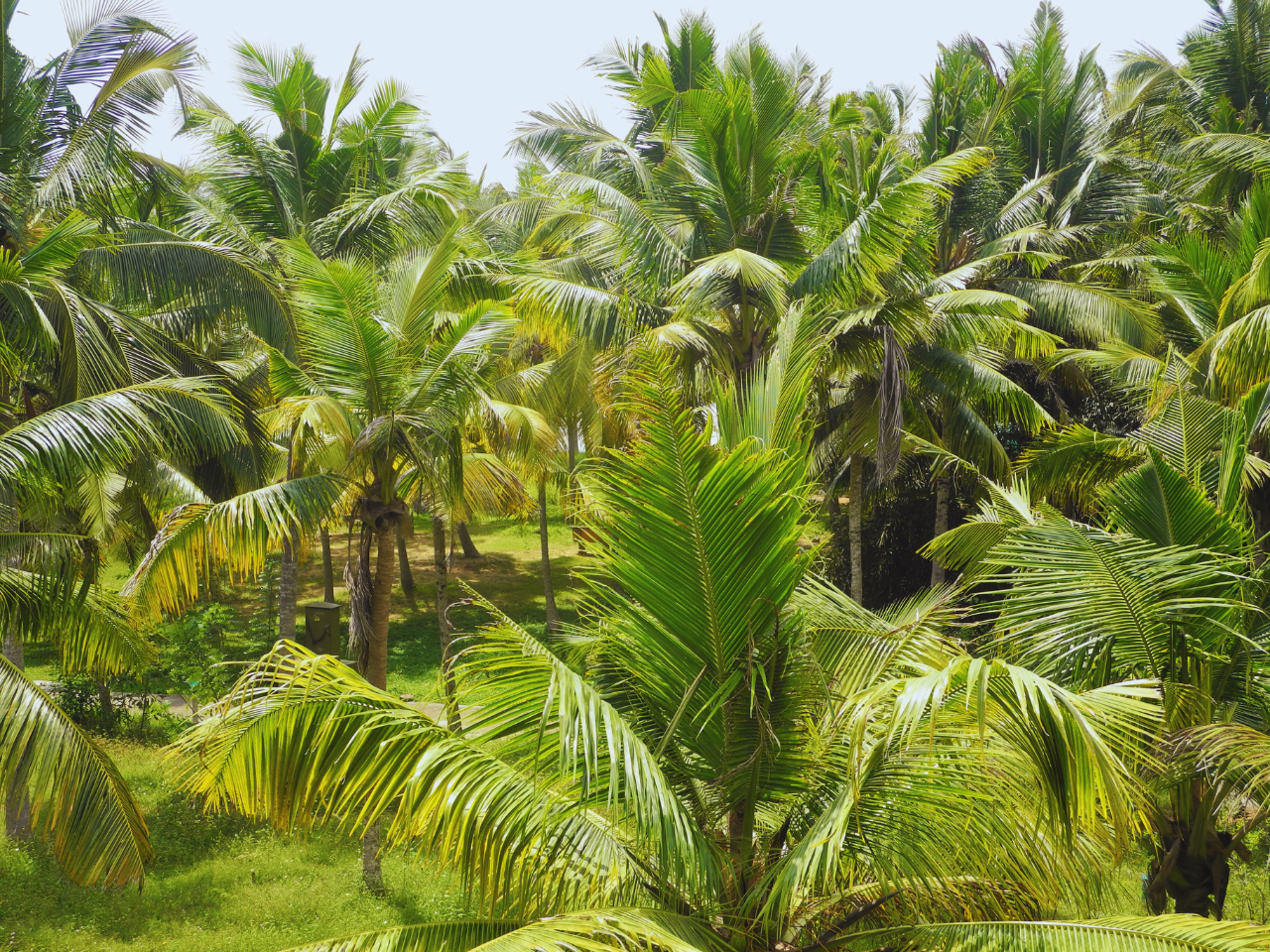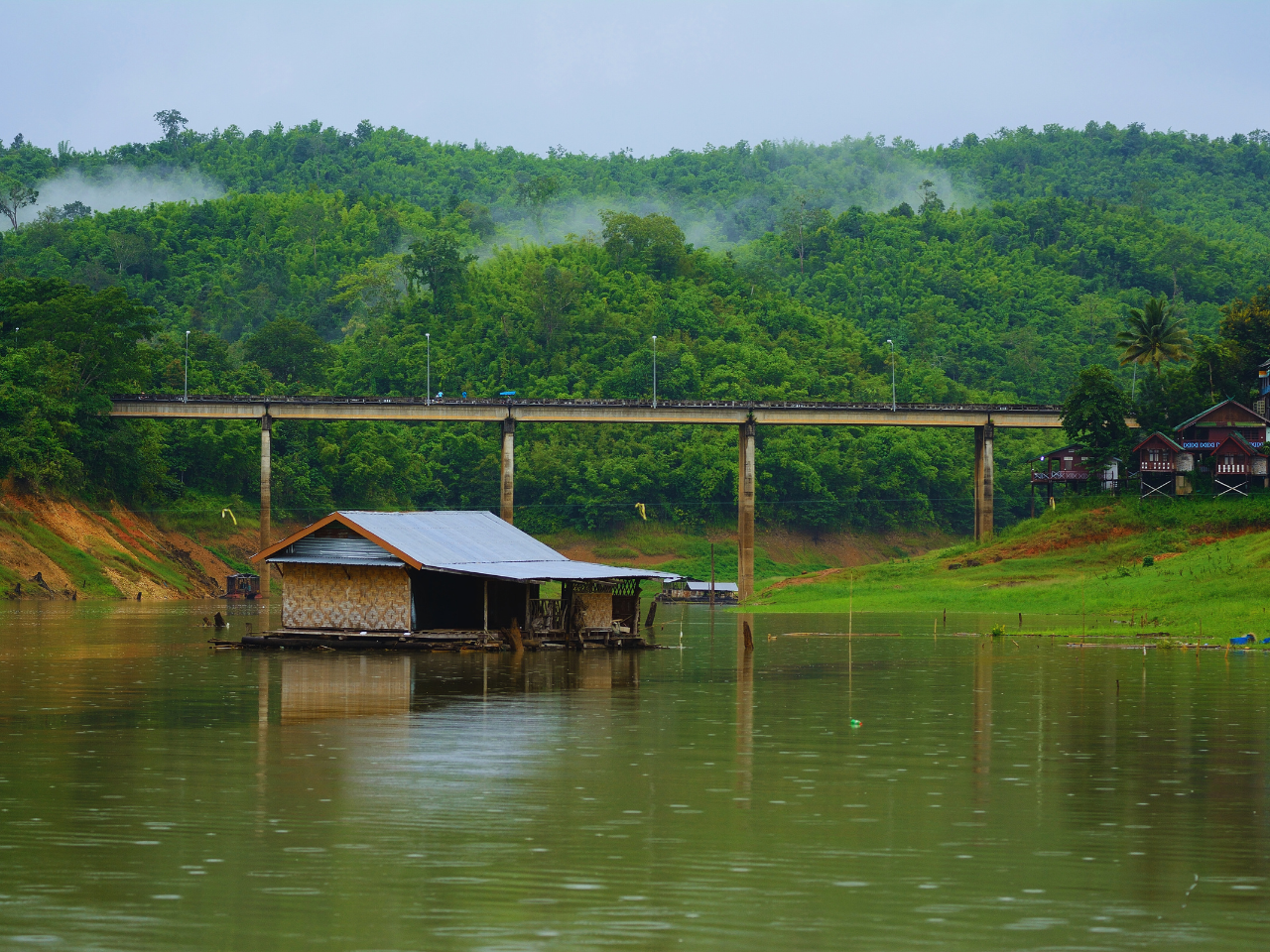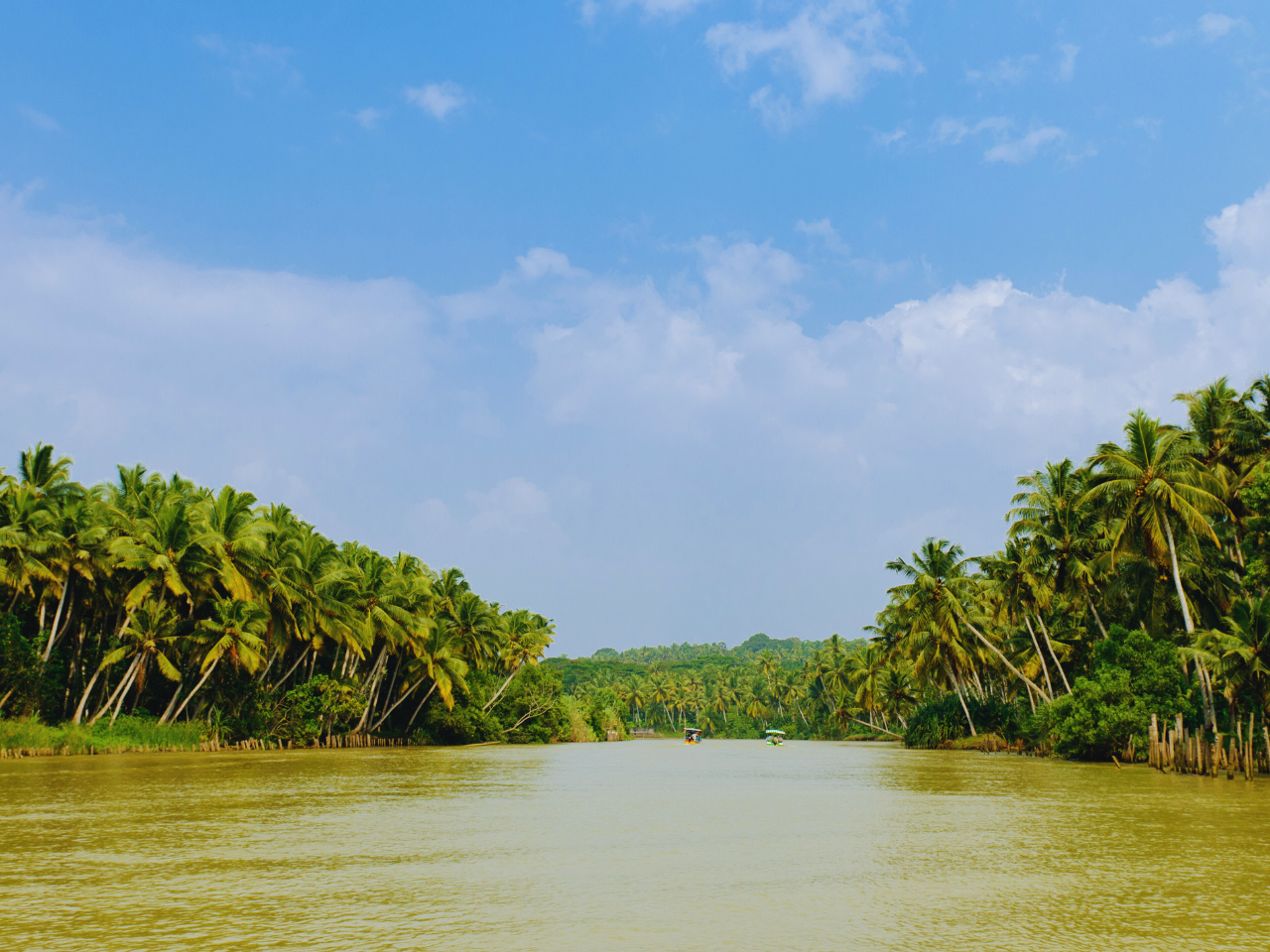Best Time to Visit Alleppey
Best Time to Visit Alleppey
Alleppey, often known as the “Venice of the East,” is renowned for its enchanting backwaters, lush greenery, and serene landscapes. Planning your visit to Alleppey at the right time can significantly enhance your experience, allowing you to make the most of what this picturesque destination has to offer. With its tropical climate, Alleppey has distinct seasons, each providing a unique way to experience the region.
Here’s a guide to help you choose the best time to visit Alleppey, based on your interests and the type of experience you seek.
Alleppey in Winter (October to February)
Winter is considered the prime season to visit Alleppey. During these months, the weather is cool and comfortable, with temperatures ranging between 20°C to 32°C. The pleasant climate makes it perfect for exploring the backwaters and other attractions.
Activities:
- Houseboat Cruises: The backwaters of Alleppey are best experienced during winter. A houseboat cruise through the serene canals and lagoons is a highlight.
- Beach Visits: Relax on Alleppey Beach, enjoy the gentle sea breeze, and indulge in beachside activities.
- Exploring Local Culture: Visit traditional villages and witness local crafts, pottery, and unique culinary experiences.
Festivals:
- Onam: Although Onam is celebrated primarily in August or September, the festive spirit continues into winter, with cultural events and traditional feasts.
- Christmas and New Year: The holiday season brings vibrant celebrations and special events in and around Alleppey.
Alleppey in Summer (March to May)
Summer in Alleppey can be quite warm, with temperatures ranging between 25°C to 35°C. The heat and humidity might be intense, but the hill stations nearby offer a cooler retreat.
Activities:
- Backwater Exploration: While summer is warmer, early morning or late evening houseboat rides can still be enjoyable.
- Hill Station Getaways: Escape to nearby hill stations like Munnar or Wayanad to enjoy cooler temperatures and scenic beauty.
- Spice Plantation Visits: Explore the spice plantations in the surrounding areas, which remain lush and vibrant.
Festivals:
- Vishu: Vishu, the Malayali New Year, is celebrated with vibrant festivities, special dishes, and traditional rituals in March or April.
Alleppey in Monsoon (June to September)
Monsoon season transforms Alleppey into a lush green paradise. The region receives heavy rainfall, with temperatures ranging from 22°C to 28°C. The monsoon season is ideal for those who enjoy the refreshing rains and dramatic landscapes.
Activities:
- Ayurvedic Treatments: Monsoon is considered the best time for Ayurvedic treatments. The rain and cooler temperatures make the body more receptive to healing therapies.
- Photography: Capture the stunning scenery of rain-washed backwaters, blooming greenery, and cascading waterfalls.
- Rainforest Trekking: Explore the nearby rainforests and enjoy the lush vegetation and wildlife.
Festivals:
- Nehru Trophy Boat Race: Held in August, this famous boat race in Alappuzha is a must-see, featuring exciting competitions and local festivities.
- Onam: The harvest festival celebrated with grand feasts, traditional dances, and cultural events, continues to be vibrant during the monsoon season.
Conclusion
Each season in Alleppey offers distinct experiences, from the cool and pleasant winter ideal for backwater cruises to the lush and rejuvenating monsoon perfect for Ayurvedic treatments. Whether you wish to relax on a houseboat, explore local culture, or enjoy festive celebrations, Alleppey has something special to offer year-round. Choose the season that best aligns with your interests and prepare for an unforgettable journey through this enchanting destination.
OCT-FEB
20°C to 32°C
MAR-MAY
25°C to 35°C
JUN-SEP
22°C to 28°C
More Best Time to Visit
Best Seller Package Kerala
Explore More About Kerala
To reach Kerala, you have several options depending on where you’re starting from. Here’s an overview:
1. By Air
- Kerala has four main international airports: Cochin International Airport (COK) in Kochi, Trivandrum International Airport (TRV) in Thiruvananthapuram, Calicut International Airport (CCJ) in Kozhikode, and Kannur International Airport (CNN).
- Direct flights are available from major cities in India and international destinations like the Middle East, Southeast Asia, and parts of Europe.
- From the airport, you can take a taxi or bus to your final destination within Kerala.
2. By Train
- Kerala has a well-connected railway network with major train stations in Trivandrum (Thiruvananthapuram), Ernakulam (Kochi), Kozhikode (Calicut), and Kannur.
- Book tickets through IRCTC or at local railway stations. Major trains from cities like Delhi, Mumbai, Bangalore, Chennai, and Hyderabad connect to Kerala.
3. By Road
- Kerala is well connected by road with neighboring states: Karnataka and Tamil Nadu.
- You can take a long-distance bus run by KSRTC (Kerala State Road Transport Corporation) or private operators, which are frequent from Bangalore, Chennai, and other South Indian cities.
- Alternatively, you can self-drive or hire a cab for a road trip into Kerala.
4. By Sea
- Kochi has a major port, and some luxury cruises and boats stop here on certain international and domestic routes.
- You can explore options for cruises from destinations like Mumbai.
5. Local Transport within Kerala
- Once in Kerala, travel between cities is convenient via trains, state-run buses, and private taxis.
- For shorter distances, you can also consider auto-rickshaws and ride-hailing services.
If you need specific guidance based on your starting location, let me know!
The best time to visit Kerala largely depends on what you want to experience, but generally, the ideal time is from October to March. Here’s a breakdown:
October to March: This is the peak tourist season. The weather is pleasant, with cooler temperatures and low humidity, making it perfect for sightseeing, backwater tours, and beach activities.
April to June: These months are hotter and more humid, which can make outdoor activities less enjoyable. However, this is a good time to find deals on accommodations and visit less crowded places.
July to September: This is the monsoon season, with heavy rainfall. While it’s not the most popular time to visit, the lush greenery and fewer tourists can be appealing. It’s also a great time for Ayurvedic treatments, as the weather is believed to enhance the effectiveness of these therapies.
If you’re interested in specific activities like wildlife watching, festivals, or cultural experiences, those can also influence the best time for your visit.
If you are coming through Train or Flight then you need to reach By reaching Ernakulam Railway station or Cochi airport.
You want to visit then July to Junauary will be the proper time to visit Kerala. If you want to avoid high cost then don’t come in holiday dates.
You can explore Munnar Thekkady Alleppey Vagamon Varkala Kovalam Trivandrums.
To visit 5 days 4 nights is the best plan in which you can explore Alleppey Vagamon Varkala Kovalam Trivandrum.
Houseboat Experiences by Carnival Tours, Alleppey.
In companies account on the 1st day only
Depends upon the Package you have taken.
Depends upon the Package you have taken.
Yes, Kerala is generally safe at night, especially in tourist areas, but remain cautious and avoid isolated places.
God’s Own Country: Kerala is often referred to as “God’s Own Country” due to its stunning landscapes, rich culture, and natural beauty, including backwaters, hills, and beaches.
High Literacy Rate: Kerala boasts one of the highest literacy rates in India, at over 96%. This is attributed to the state’s strong focus on education and social welfare.
Unique Festivals: The state is famous for its vibrant festivals, such as Onam and Vishu, which showcase traditional music, dance, and feasting. The snake boat races during Onam are particularly popular.
Ayurveda Hub: Kerala is renowned for its Ayurvedic treatments and wellness tourism. The state has numerous Ayurveda resorts and practitioners, making it a leading destination for holistic healing.
Backwaters: The backwaters of Kerala, particularly in places like Alleppey and Kumarakom, are a network of lagoons, lakes, and canals that offer houseboat experiences and are a major tourist attraction.
Diverse Wildlife: Kerala is home to several wildlife sanctuaries and national parks, including Periyar National Park and Wayanad Wildlife Sanctuary, where visitors can see elephants, tigers, and various bird species.
Cultural Melting Pot: The state has a rich cultural heritage influenced by various religions, including Hinduism, Islam, and Christianity, reflected in its architecture, cuisine, and art forms.
Spice Capital: Historically, Kerala was a major spice trading center, earning the nickname “Spice Garden of India.” It produces a variety of spices, including black pepper, cardamom, and cinnamon.
UNESCO World Heritage Sites: The Hill Stations of Kerala, including the Western Ghats, have been designated as UNESCO World Heritage Sites for their biodiversity and unique ecosystems.
Women Empowerment: Kerala is known for its progressive gender equality and women’s empowerment initiatives, which are reflected in higher participation of women in education and the workforce compared to many other Indian states.

